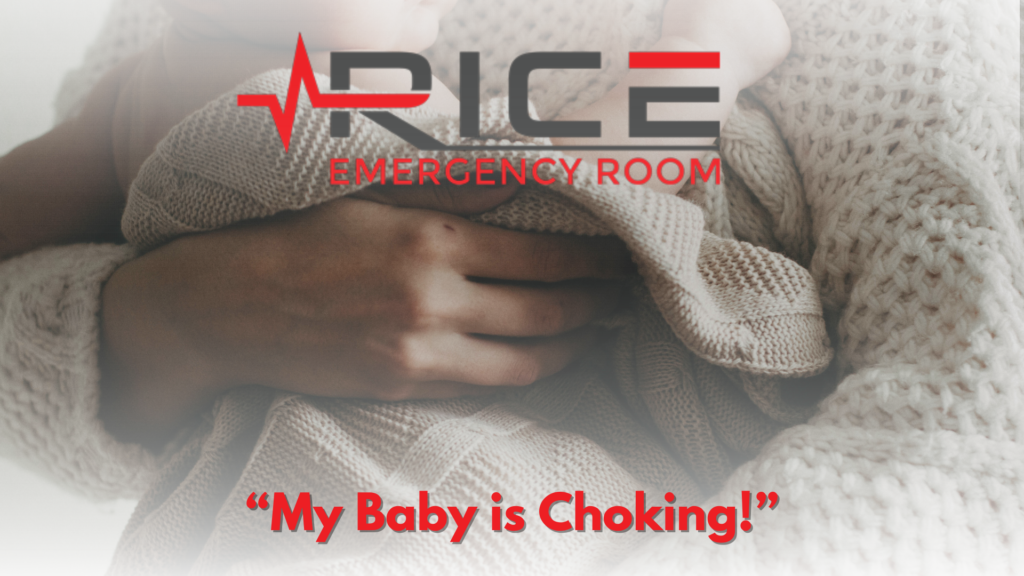Every year, flu season brings the potential for significant respiratory issues and, in severe cases, life-threatening complications. While we might be bundling up for winter or enjoying spring blossoms, folks in the southern half of our planet are experiencing opposite seasons and, therefore, have their flu season at different times. Here in the U.S., particularly in places like West University Place, Texas, we often see more flu cases starting in October. As we prepare for the flu season, we must know how to tell the flu apart from a common cold and understand when it’s time to get emergency help. Let’s dive into understanding the flu season better, ensuring we take the proper steps in caring for ourselves and our loved ones during this flu season.
Anticipated Flu Season in West University Place
Every year, health authorities like the World Health Organization (WHO) and the Centers for Disease Control and Prevention (CDC) study influenza strains to predict which ones will be most common in the upcoming season. This year, people in West University Place and nearby areas can expect the usual increase in flu cases, which typically starts in the fall and peaks during the winter. You can check the CDC’s US Flu Map for the current flu situation.
As per experts at the University at Buffalo in New York, the start and end of the flu season in the United States can vary. The flu season usually begins after Halloween, with more cases, but it depends on several factors. The timing can change due to factors like which flu strains are circulating when they arrive from the southern hemisphere and how much immunity people have from previous flu seasons. In general, flu activity is highest in December and January, coinciding with holiday gatherings. (Miller, 2023)
Distinguishing Between the Common Cold and Flu
When flu season is around, it’s essential to know whether you’re dealing with the common cold or the flu because they can seem similar but are different illnesses. Both can make us feel pretty under the weather, but some key differences affect how we should respond to them. Let’s take a closer look at these two conditions, exploring their symptoms and how we can best deal with them when they strike, ensuring that we’re all better prepared and informed during those sniffly winter months. Though both the cold and the flu are respiratory illnesses caused by viruses, they are triggered by different viruses and have varying symptom profiles:
Common Cold:
- Gradual onset of symptoms
- Mild to moderate nasal congestion and runny nose
- Sneezing
- Mild fatigue
- Sore throat
- Cough, which can become productive
- Rarely accompanied by a fever
Flu:
- Abrupt onset of symptoms
- Severe muscle or body aches
- Fatigue and weakness, which can be extreme
- High fever (though not everyone with the flu will have a fever)
- Dry, persistent cough
- Chills and sweats
- Headache
- Sore throat
Understanding these differences can help in determining the course of treatment. However, if there’s ever uncertainty, it’s always best to seek advice from a healthcare professional. (Centers for Disease Control and Prevention, 2022)
When to Go to the ER for Flu Symptoms
Getting over the flu usually takes some rest, lots of fluids, and maybe some medicine from the drugstore. But sometimes, the flu or its symptoms can get bad, and you might need to go to the Emergency Room (ER). Here’s when you should think about getting to the ER:
Having Trouble Breathing: This could mean something like pneumonia is happening, and you need help fast.
Feeling Pain or Pressure in Your Chest or Stomach: This might indicate that the flu affects your heart or lungs.
Feeling Dizzy or Confused: If you can’t think straight or keep feeling dizzy, it’s time to get help.
Vomiting: Sometimes, the flu can make you throw up, but if it’s happening repeatedly, you need to see a doctor.
Falling Sick Over and Over: If you started to feel better but then got sick again, it’s essential to check with a doctor.
For Children: Babies and young children can quickly get very sick. If they’re not acting normal, like not waking up, not crying, or looking bluish, take them to the ER.
Always trust how you feel. If you think you or someone you love seems too sick, talking to a doctor or the ER is always okay.
(WebMD)
When to Go to the ER
Flu season is here in West University Place; the best thing we can do is be ready for it. Knowing what signs to look for and when to go to the doctor makes a difference. Stay safe, get your flu shot if you haven’t yet, and always look out for your health and the health of your loved ones.
Rice Emergency Room is your community ER resource. We are open 24/7, 365 and have onsite labs that deliver fast results. Be sure you know if you have the flu virus before exposing family and vulnerable populations to the illness. Our BioFire PCR test diagnoses over 22 respiratory illnesses including COVID, and RSV. Knowing a diagnosis helps you get the right course of treatment and avoid serious complications.
Works Cited
Miller, Korin. “Here’s When Flu Season Starts and Ends in the US, According to Experts.” WPBF, 3 Oct. 2023,
www.wpbf.com/article/flu-season-starts-and-ends/45426139.
Centers for Disease Control and Prevention. “Cold versus Flu.” Centers for Disease Control and Prevention, 29 Sept. 2022,
www.cdc.gov/flu/symptoms/coldflu.htm.
WebMD. “Flu Emergency Symptoms: Chest Pain, Breathing, High Fever, and More.” WebMD,
www.webmd.com/cold-and-flu/flu-emergency-when-to-call-doctor.




